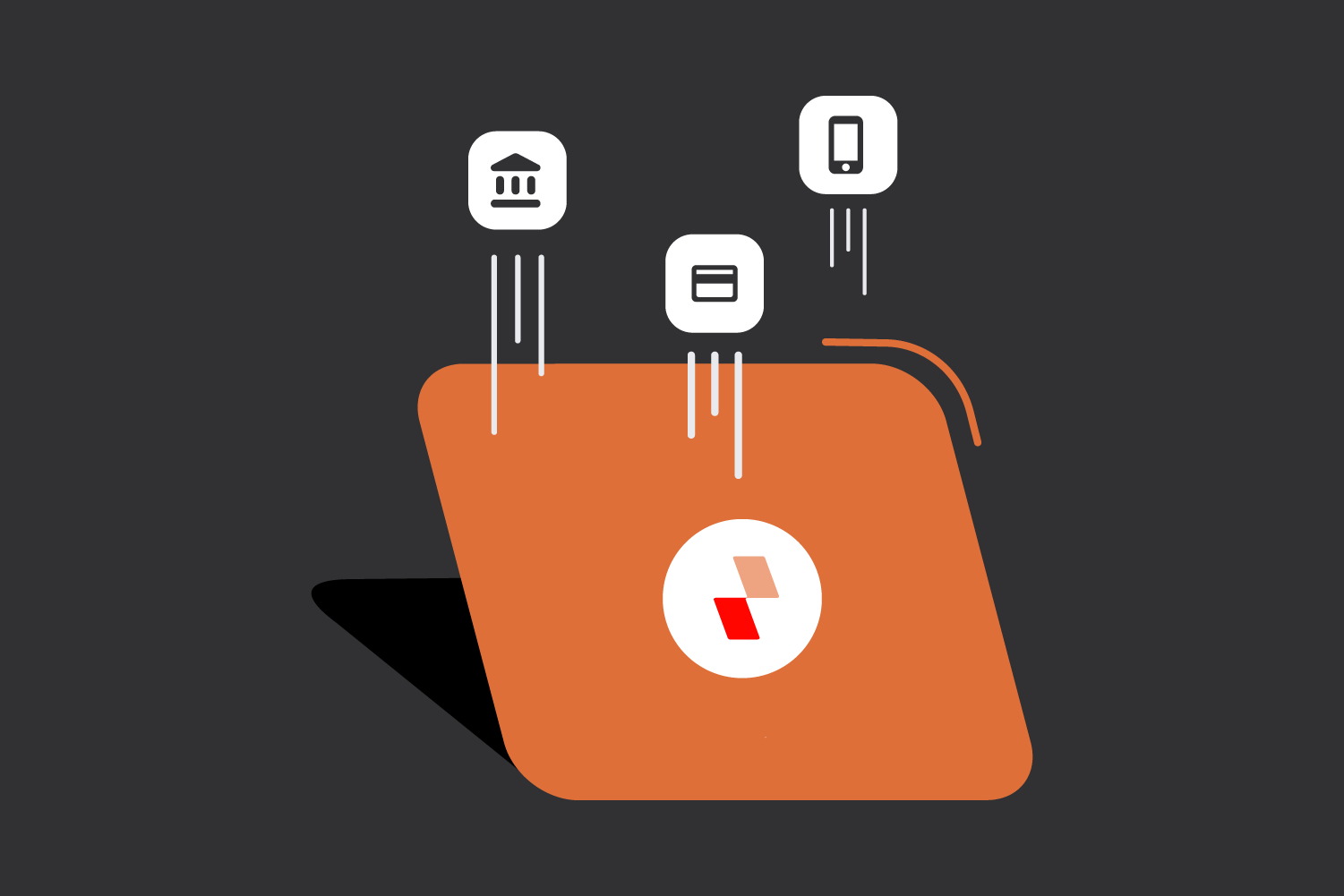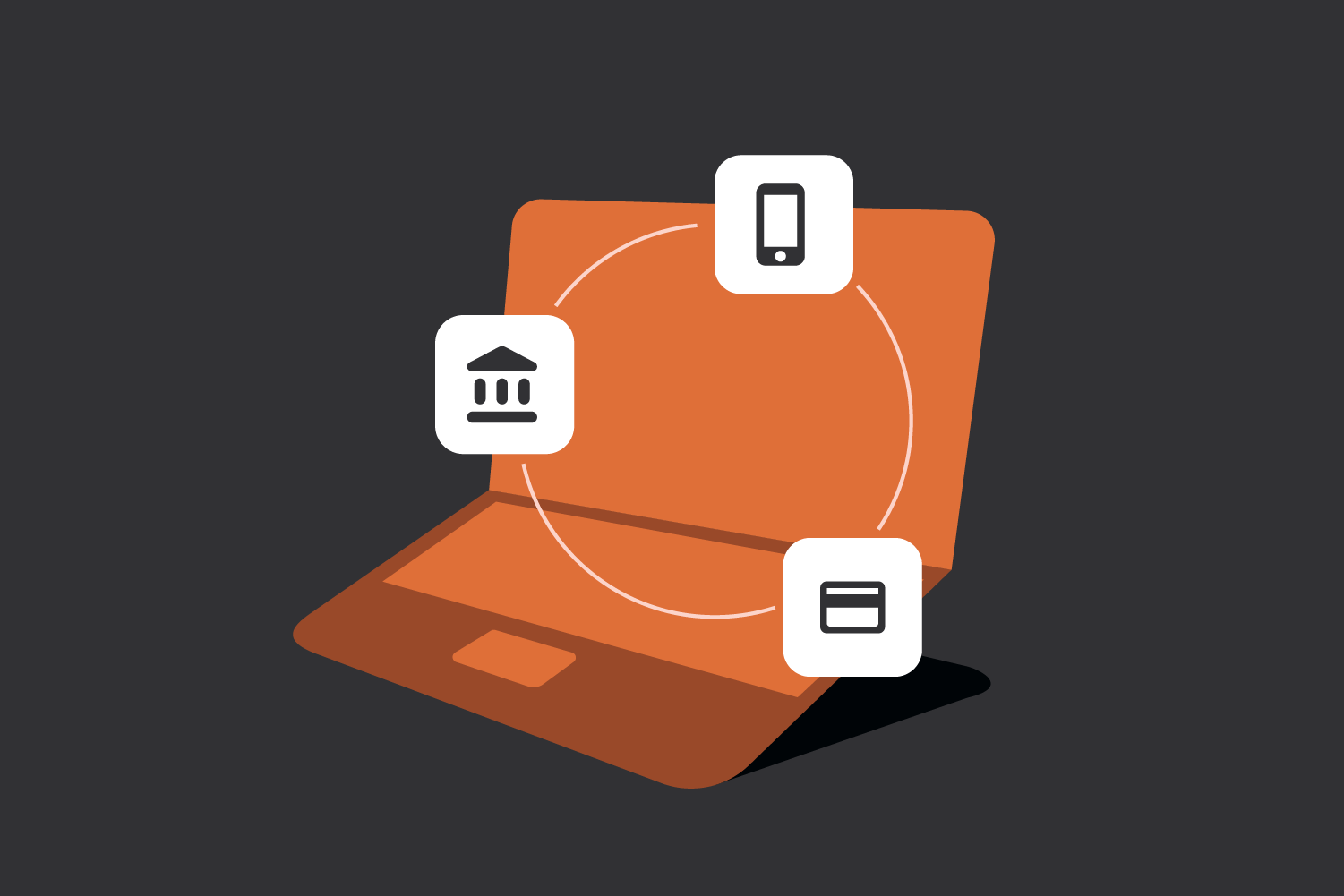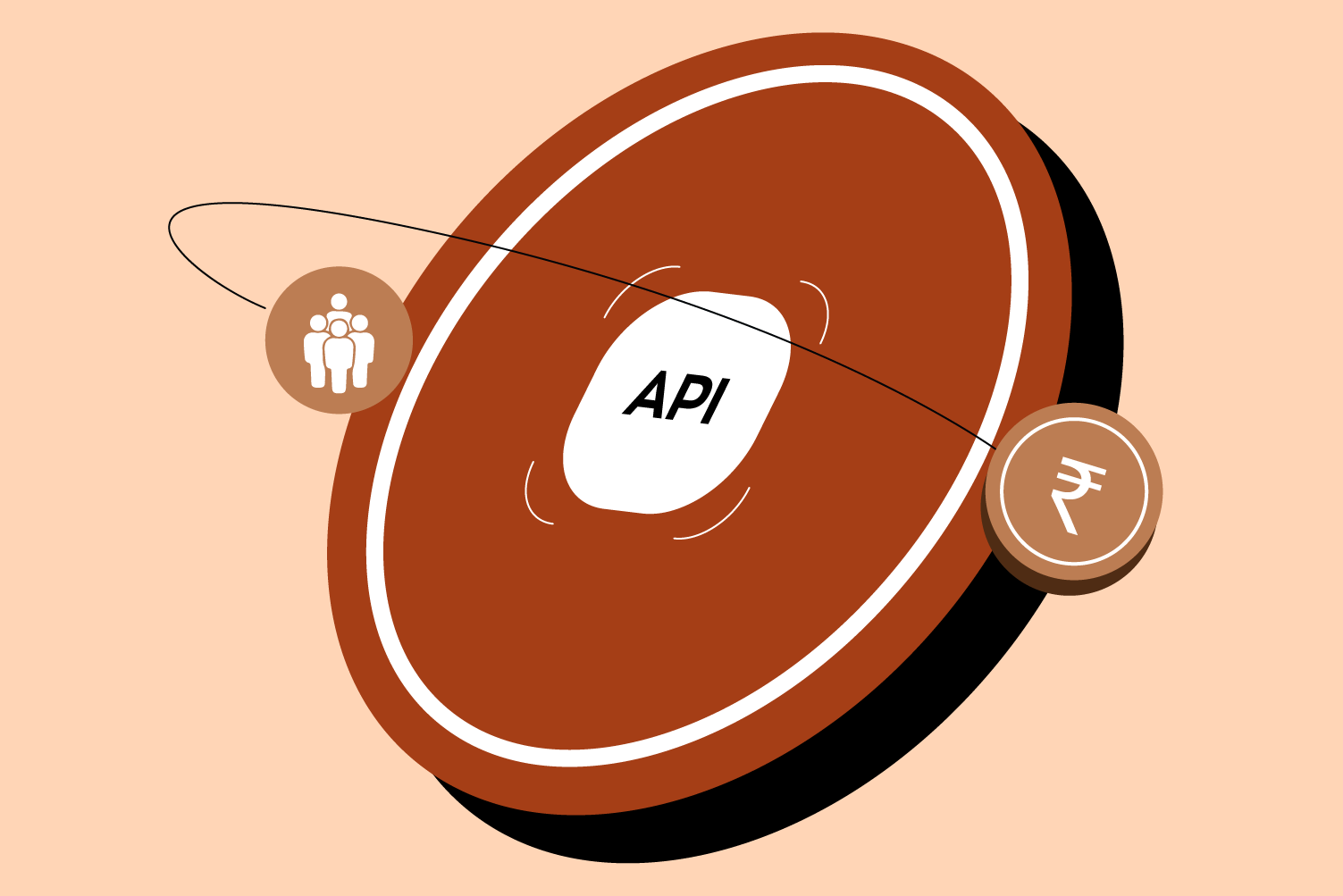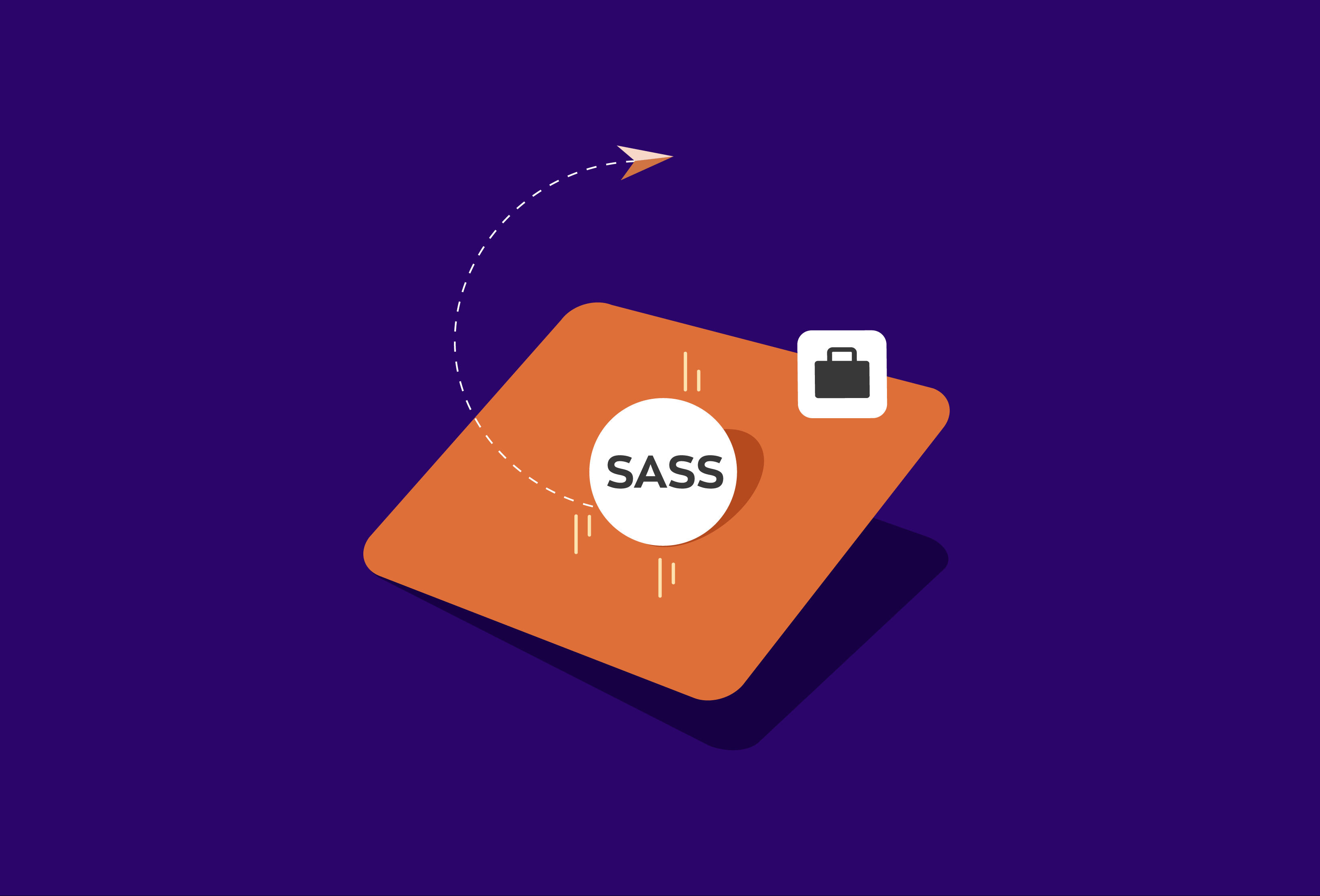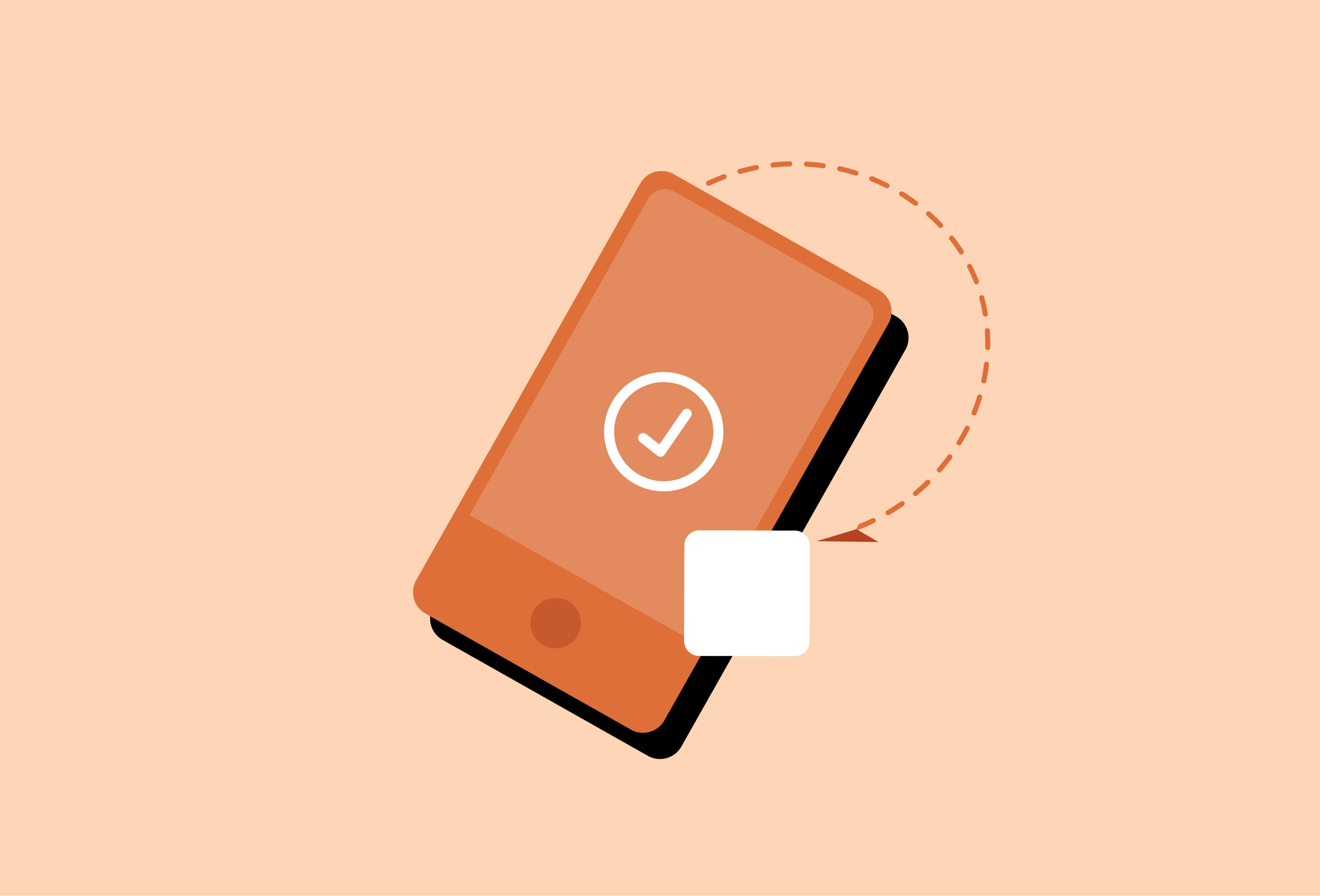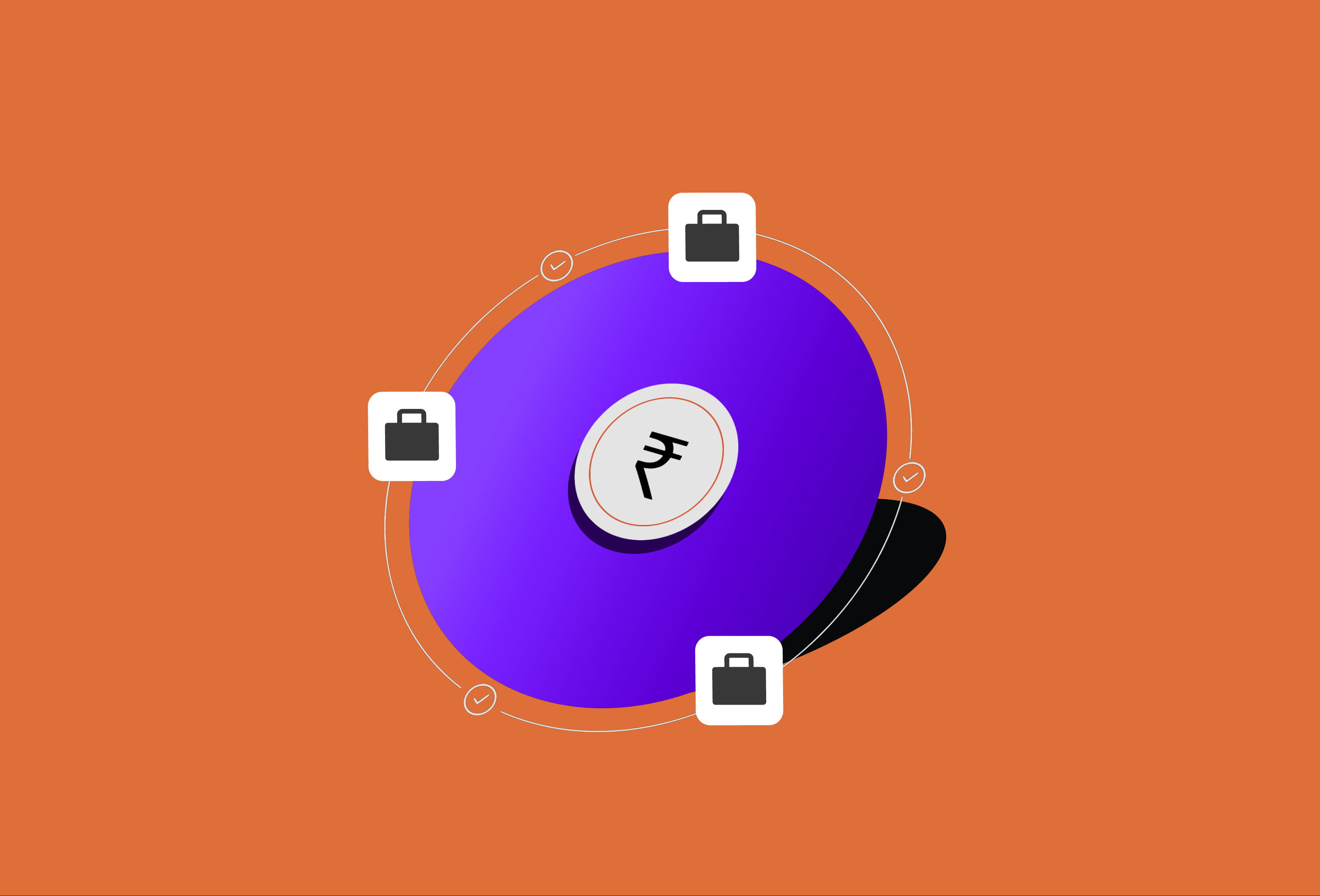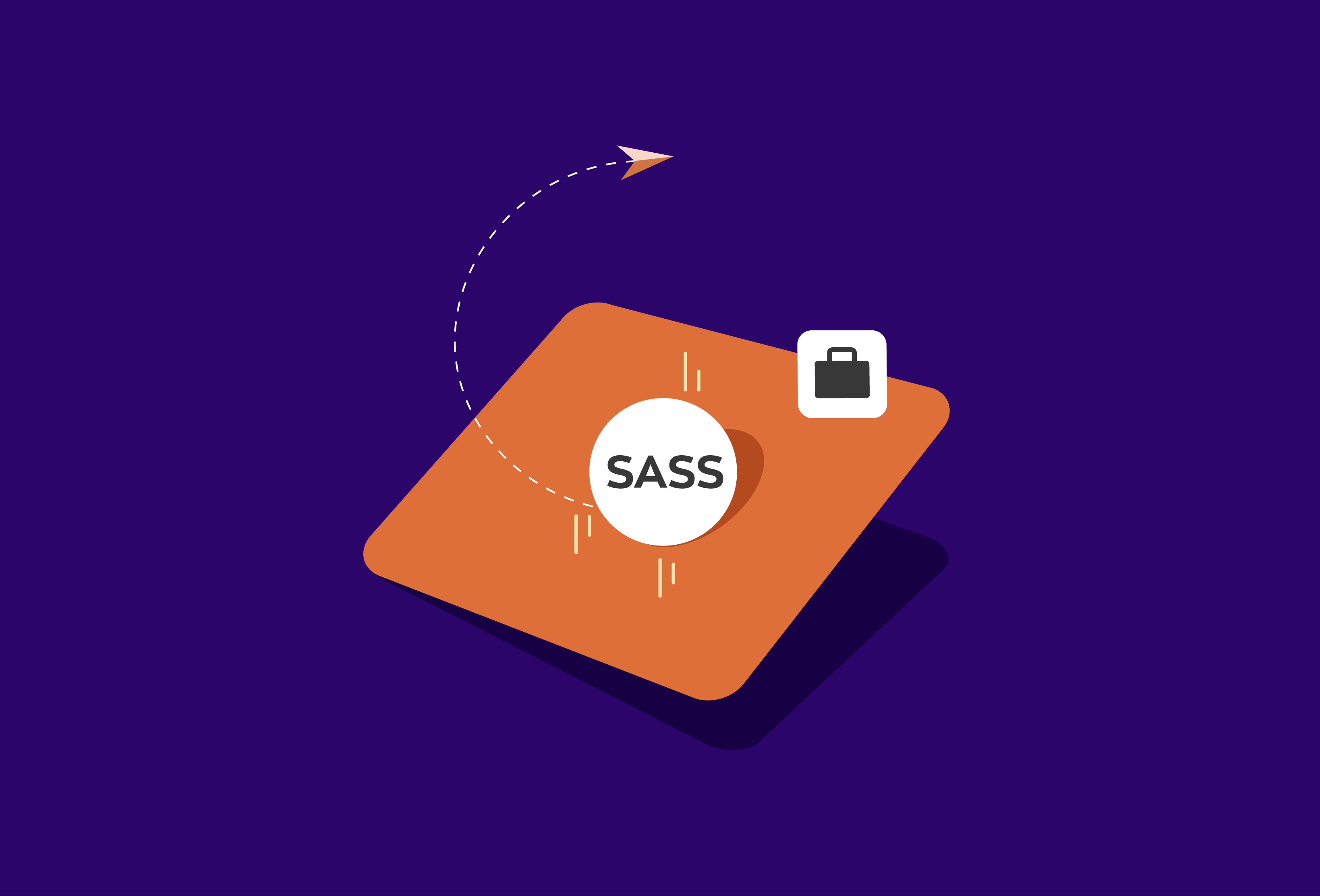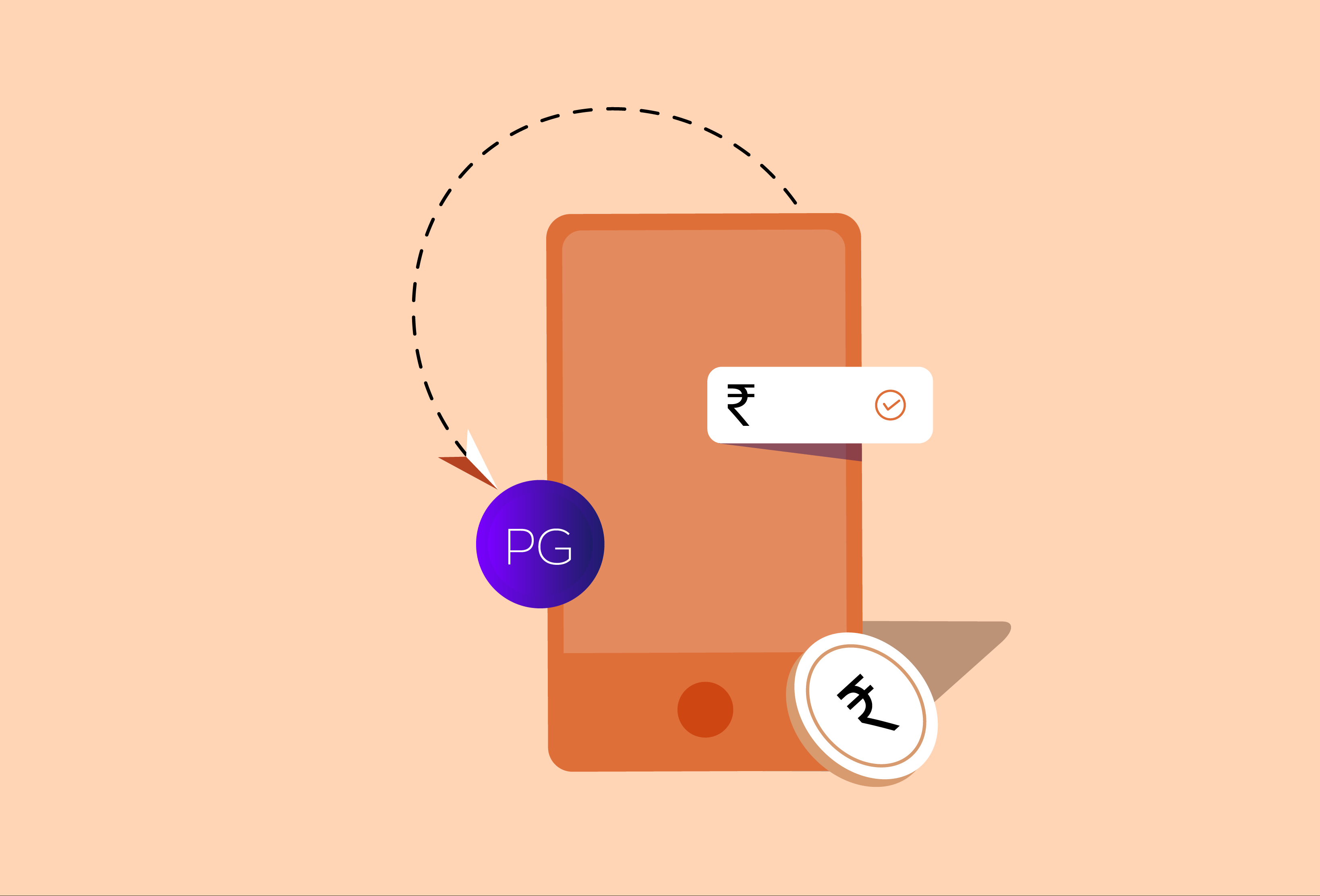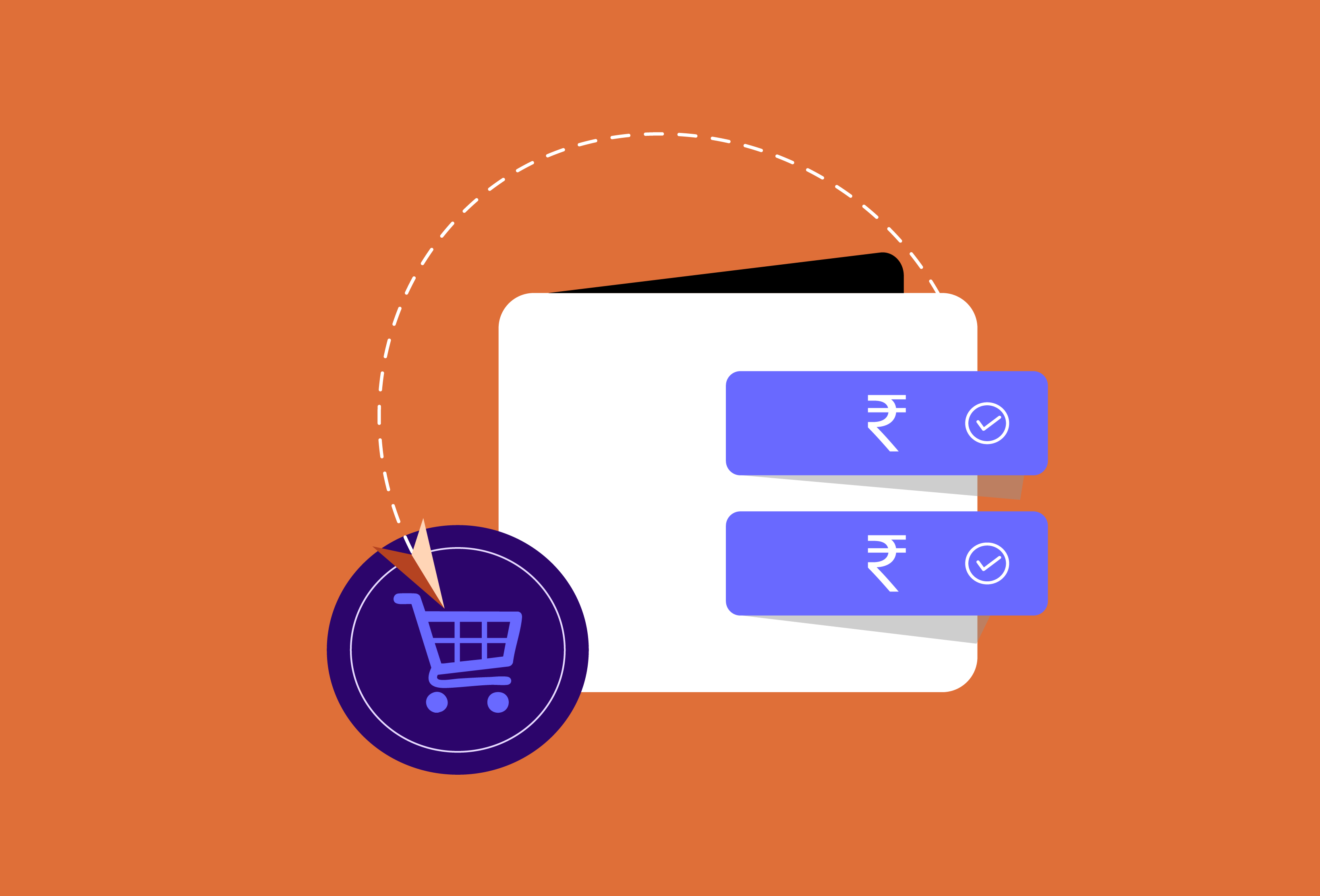As Indian businesses expand their reach beyond borders, there’s one tool that’s become absolutely essential for growth: the multi-currency payment gateway.
Whether you’re running a SaaS platform, an eCommerce store, or a subscription-based service, your ability to accept payments in different currencies can dramatically impact your customer experience and conversion rates.
In this blog, we’ll break down what a multi-currency payment gateway is, how it works, its benefits for Indian businesses, and how to choose the right one for your website. Let’s dive in.
What Is a Multi-Currency Payment Gateway?
A multi-currency payment gateway is a tool that allows online businesses to accept payments in multiple foreign currencies—from USD and EUR to JPY and AED—while offering real-time currency conversion and settlement features.
Think of it as your virtual cashier that not only accepts payments but also speaks the language of your international customer’s currency.
In simple terms, if you’re a business in India selling to someone in Europe, a multi-currency payment gateway lets your European customer pay in Euros, while you receive the funds in INR or your preferred currency, depending on how your account is set up.
How Does a Multi-Currency Payment Gateway Work?
Here’s a simplified view of how it works:
- The user selects a product or service on your website.
- The gateway detects the user’s location and offers relevant currency options (or auto-converts).
- Payment is processed via international card networks, UPI for NRIs, or wallets.
- The gateway handles currency conversion in real-time.
- Funds are settled into your merchant account in your base currency (e.g. INR), after deducting any applicable forex and processing fees.
Why Indian Businesses Should Care About Multi-Currency Support
With India becoming a global tech and D2C export hub, international customers are no longer a bonus.
Here’s why a multi-currency payment gateway matters for Indian websites:
✅ Better Customer Experience
Imagine showing an American customer prices in INR. It creates friction. With local currency support, you make their buying decision faster and easier.
✅ Higher Conversions
Displaying prices in the customer’s own currency reduces cart abandonment and increases trust—critical for first-time international buyers.
✅ Automatic FX Management
Let the gateway do the heavy lifting. No need for you to manually calculate currency rates or chase down forex accounts.
✅ Global Brand Perception
Offering localized payment options gives your brand a global feel—even if you’re operating out of Bangalore or Surat.
Features to Look For in a Multi-Currency Payment Gateway
When selecting a payment gateway for your website, here are must-have features:
| Feature | Why It Matters |
| Real-time FX rates | To avoid losses due to outdated conversion |
| Multiple currency support | Accept USD, EUR, GBP, AUD, JPY, etc. |
| Dynamic currency display | Auto-detects user’s location & adjusts |
| Instant payment gateway | Faster checkout & lower drop-offs |
| Robust API integrations | Seamless backend integration |
| Compliance & security | PCI-DSS, 2FA, and fraud prevention |
| Settlement flexibility | Choose when and how you want your money |
💡 Pair multi-currency support with popular Indian methods like UPI, NetBanking, and Rupay for domestic users—and international cards, wallets, and PayPal for global users.
Best Use Cases for Multi-Currency Gateways
- SaaS platforms with a global customer base
- Exporters & cross-border D2C brands
- Freelancers & service providers
- Online education platforms
- Subscription-based models
Basically, if you’re selling anything online and expect customers from outside India, you need this.
Is It Safe to Use a Multi-Currency Payment Gateway?
Yes—if you choose a PCI-DSS compliant provider.
Top-tier gateways come with built-in fraud detection, 3D secure authentication, and tokenization to keep sensitive data protected. You also get a full audit trail, real-time notifications, and dispute management support.
Final Thoughts
A multi-currency payment gateway isn’t just a nice-to-have—it’s a growth multiplier for Indian businesses scaling globally. From improving user experience to reducing drop-offs and simplifying settlements, it removes the friction of cross-border commerce.
Frequently Asked Questions (FAQs)
What is a multi-currency payment gateway and how does it help Indian businesses?
A multi-currency payment gateway allows businesses to accept payments in different foreign currencies. For Indian businesses, this means being able to sell products or services to international customers while receiving payouts in INR or another preferred currency. It improves user experience, builds trust, and boosts conversions.
Can I accept payments from international customers on my Indian website?
Yes, with a multi-currency payment gateway, Indian websites can accept payments from global users via international cards, wallets, or bank transfers. These payments are auto-converted and settled into your account as per your settings.
Is a multi-currency payment gateway safe for online transactions?
Absolutely. Reputed gateways are PCI-DSS compliant and come with encryption, tokenization, fraud detection, and 3D Secure support to ensure safe transactions across currencies.
Will my customers see the prices in their local currency?
Yes. Many gateways offer dynamic currency display based on the user’s IP or browser settings, allowing customers to view product prices and pay in their local currency.
Can I offer both domestic and international payments from the same gateway?
Yes, most modern gateways allow you to handle domestic (INR-based) and international (multi-currency) transactions from a single dashboard or API integration.


